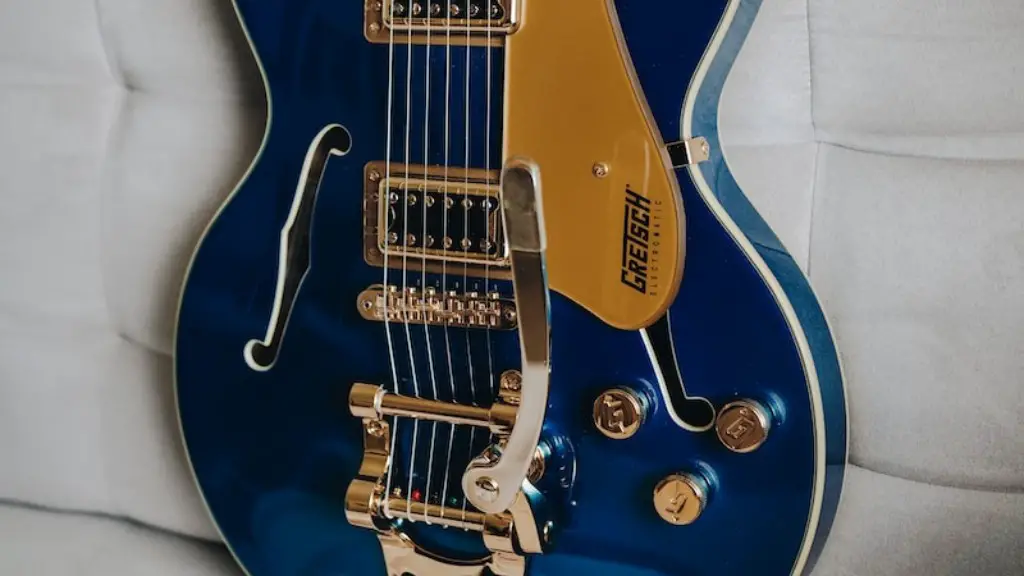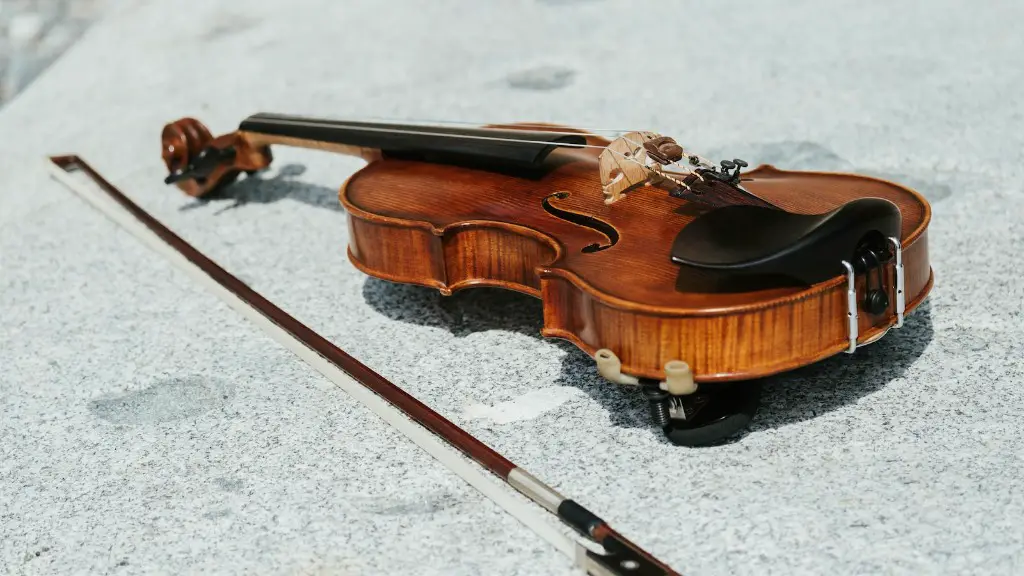Servicing an electric guitar is a great way to keep it in top condition and ensure it lasts for many years.
It is important to check the guitar regularly for any signs of damage or wear and tear. Inspecting the strings, frets, hardware, pickups and controls can help identify any issues that need to be addressed.
The most common service includes cleaning the instrument, restringing it, adjusting the intonation and setting up the action. A qualified technician can provide more complex services such as rewiring or replacing components like pickups or knobs.
By servicing an electric guitar on a regular basis, you can keep it sounding great and playing smoothly. This will also help maintain its value if you ever decide to sell it.
Servicing an Electric Guitar
Servicing an electric guitar is an important part of maintaining the instrument and keeping it in good playing condition. Depending on the type of guitar, servicing may involve simple tasks such as cleaning and polishing, or more complex repairs such as replacing parts or doing extensive fretwork. Before starting any maintenance, it’s important to unplug the guitar from all electrical sources.
When servicing a guitar, start by cleaning the body and neck with a damp cloth and mild detergent. After this has been done, check for any signs of rust that could indicate corrosion. If there is corrosion, use steel wool to remove it and then wax the area to protect it from further damage.
Next, inspect all the hardware including tuners, bridges, and pickups for any wear or damage that may need to be addressed. If any of these components need to be replaced, use genuine parts or those that are specifically designed for your instrument. Finally, make sure all screws are tightened properly and lubricate moving parts if necessary.
Adjusting the Truss Rod
The truss rod is an important part of a guitar’s neck, and it affects the instrument’s playability and action. Adjusting the truss rod can help fix various problems such as fret buzzing, uneven string height, or a bowed neck. It may seem intimidating, but adjusting the truss rod isn’t too difficult. With some basic tools and a little patience you can have your guitar playing great in no time!
First, you’ll need to locate your truss rod nut. This is usually located near the headstock at the base of the neck. Once you’ve located the nut, use an appropriate size socket wrench or Allen key to loosen it. Be careful not to over-tighten or loosen it too much!
Next, press down on each of your strings one at a time at several different spots to see if there are any changes in action. If you’re trying to lower action, turn the nut clockwise until you get your desired result; if you’re trying to raise action, turn counterclockwise until you get your desired result. When finished adjusting, be sure to retune your guitar before playing.
Adjusting the truss rod can be tricky and it’s important to be careful. If done improperly it can cause serious damage to your instrument. If you don’t feel comfortable doing this yourself, take your guitar to a qualified technician who can make sure that everything
Setting String Height
One of the most important maintenance tasks to perform on an electric guitar is setting the string height. This is also known as the action, and it refers to how close or far away the strings are from the fretboard. The action affects how easy it is to play a guitar, as well as how it sounds when you strum or pick a note. In order to set your string height correctly, you’ll need a few tools such as a ruler and an adjustable truss rod wrench. Start by loosening the strings slightly, then measure the distance between the top of the 12th fret and each string. Adjust the bridge saddles or truss rod until all strings are at your desired height. Finally, re-tune your guitar and check for any buzzing or other unwanted noises before playing again.
Setting your electric guitar’s string height can be tricky at first, but with patience and practice you can get it just right!
Adjusting Pickup Height
Adjusting the pickup height on an electric guitar is an essential part of properly servicing the instrument. Doing so ensures that the pickups are producing a balanced and even output, allowing you to dial in your desired sound.
To adjust pickup height, start by removing the strings and pickups from the guitar. Using a small Phillips-head screwdriver, loosen and remove the screws that hold the pickups in place. Next, place a ruler on top of each pickup and measure its distance from the strings.
The ideal pickup height varies depending on your guitar and playing preferences; generally speaking, they should be positioned between 3/32” to 1/8” from the strings when plucked at fret 12. If needed, use a pair of needle-nose pliers to gently raise or lower each pickup until it meets your desired height.
Once you’ve adjusted both pickups to your preference, use a cloth to make sure all screws are clean before replacing them with enough torque for them to stay in place. Finally, reinstall your strings and test out your new sound.
Replacing Electronics in Electric Guitar
Replacing the electronics in an electric guitar can be a daunting task, but with the right tools and some patience, it is possible. First, you’ll need to gather all the necessary tools and parts. This includes soldering irons, wire cutters, and any new pickups or pots that you plan to install. You’ll also need to remove the strings from your guitar before starting.
Next, you’ll need to disassemble your guitar by removing the pickguard and any other parts that may be covering the electronics. Be careful not to damage the finish on your guitar during this process. Once everything is exposed, you can start desoldering and removing any old parts that will be replaced.
Once all of the old components are removed, it’s time to start soldering in your new parts. Be sure to double check all of your connections before moving on and make sure everything is secure. Finally, reassemble your guitar and replace any screws or components that were removed during the process.
Finally, play test your guitar! You may need to make slight adjustments or adjustments if something doesn’t sound right or isn’t working correctly. With a little bit of patience, you should have a freshly serviced electric guitar ready for jamming!
Adjusting Intonation and Action on Electric Guitars
Adjusting intonation and action on an electric guitar can seem like a daunting task to many players. However, with some patience and the right tools, anyone can do it. The first step is to check the intonation of the strings. To do this, play the string at the 12th fret and compare it to a harmonic at the same point. If they are out of tune with each other, then you will need to adjust the intonation. To adjust intonation, find the saddle screws on your bridge and turn them until both notes match each other in pitch.
The next step is to check and adjust the action of your guitar. The action is simply how high or low your strings are relative to the fretboard. You can adjust this height by adjusting either the bridge saddle or by adjusting truss rod in the neck of your guitar. If you are having trouble with either process, you can always take your guitar to a qualified technician for help.
It’s important to remember that proper intonation and action setup are essential for optimal playability from your instrument. Taking a few minutes to set up these parameters correctly will give you years of satisfaction from playing your electric guitar!
To Sum it All Up
Servicing an electric guitar is a necessary task that helps ensure your instrument will last for years to come. Keeping it clean and in good condition is essential for optimal sound and performance. While it may seem like a daunting task, there are many resources available to help you complete this task. Electric guitars should be serviced regularly, and following the steps outlined above will ensure that your electric guitar is in tip-top shape. It’s important to note that you should always have a professional look at your guitar if something seems off. With proper care and maintenance, you can keep your electric guitar sounding great for years to come.





